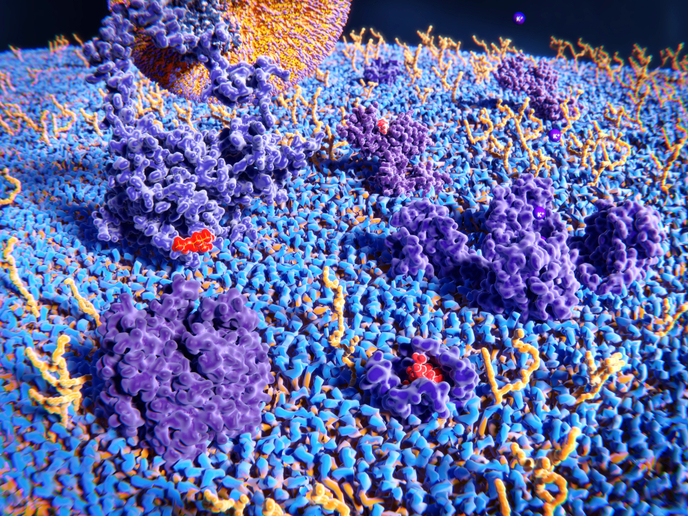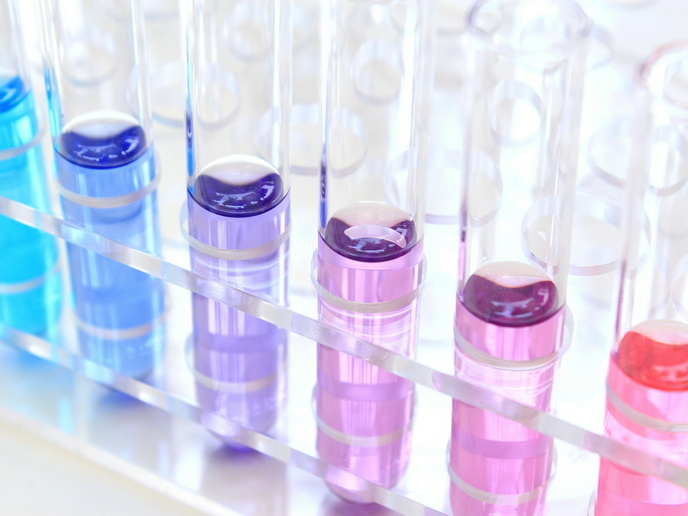The mechanical forces we need to harness to fight cancer
Physical forces underpin many biological processes, including the progression of solid tumours such as breast cancer. The EU-funded MECHANO-CONTROL project has delivered new insights into how these forces work and how we could use this knowledge to fight breast cancer. The team also developed innovative tools that could pave the way for groundbreaking cancer treatments. “A common screening technique used to detect breast cancer involves palpating the breast to detect lumps: breast tumours are stiffer than healthy tissue, and this stiffening drives the progression of the disease,” says Pere Roca-Cusachs Soulere, group leader of Cellular and Molecular Mechanobiology at the Institute for Bioengineering of Catalonia in Spain. To investigate the forces at play, the interdisciplinary team of researchers looked at them at different scales, from molecules to organs up to the entire organism. They were able to establish how these forces trigger breast cancer growth from a mechanistic point of view.
A mechanical chain reaction
“With every move we make, cells in our bodies exert forces on their environment using so-called molecular motors,” Roca-Cusachs Soulere explains. “What we have found is that when a tissue is stiffer, the cells exert force on each other and their environment with faster dynamics.” The dynamics of force applied changes the properties of the chemical bonds between cells and their environment transmitting these forces. This starts a chain of events which can cause the deformation of the cell’s nucleus, activating genes linked to cancer and potentially leading to cancer invasion.
Halting tumour progression
The MECHANO-CONTROL team tested techniques to control these mechanical forces and halt tumour progression by mimicking such interactions in vitro and in vivo, using mice. Experimental data was combined with computational modelling to establish the rules underpinning these interactions. The team developed hydrogel technologies which will serve as a testing platform for further cancer research and drug discovery. The gels, which are synthesised in the lab, mimic the different levels of stiffness that cells can encounter. They will enable researchers to test approaches to influence these mechanical processes by reproducing the behaviour of a tumour in a controlled environment. A patent has been filed, and the team is currently working towards commercial development of the platform.
Towards new cancer drugs
Roca-Cusachs Soulere and his colleagues also took promising steps towards drug development. They were able to identify molecules showing promise for counteracting cancer progression and created computational modelling to establish drug design. “Of course, drug development is a lengthy, slow process that requires a lot of work beyond initial hit identification. Intense efforts are being deployed to bring use in a pharmaceutical setting within reach.” They are also looking into cell engineering as another potential avenue for cancer treatment. Beyond breast cancer, MECHANO-CONTROL’s findings could be applied to many other types of cancer involving solid tumours, such as pancreatic cancer. The project’s results also open up new prospects for treating fibrosis and designing biomaterials used as implants in the body.
Keywords
MECHANO-CONTROL, mechanical forces, solid tumours, breast cancer, mechanobiology, hydrogel technologies, biomaterials







